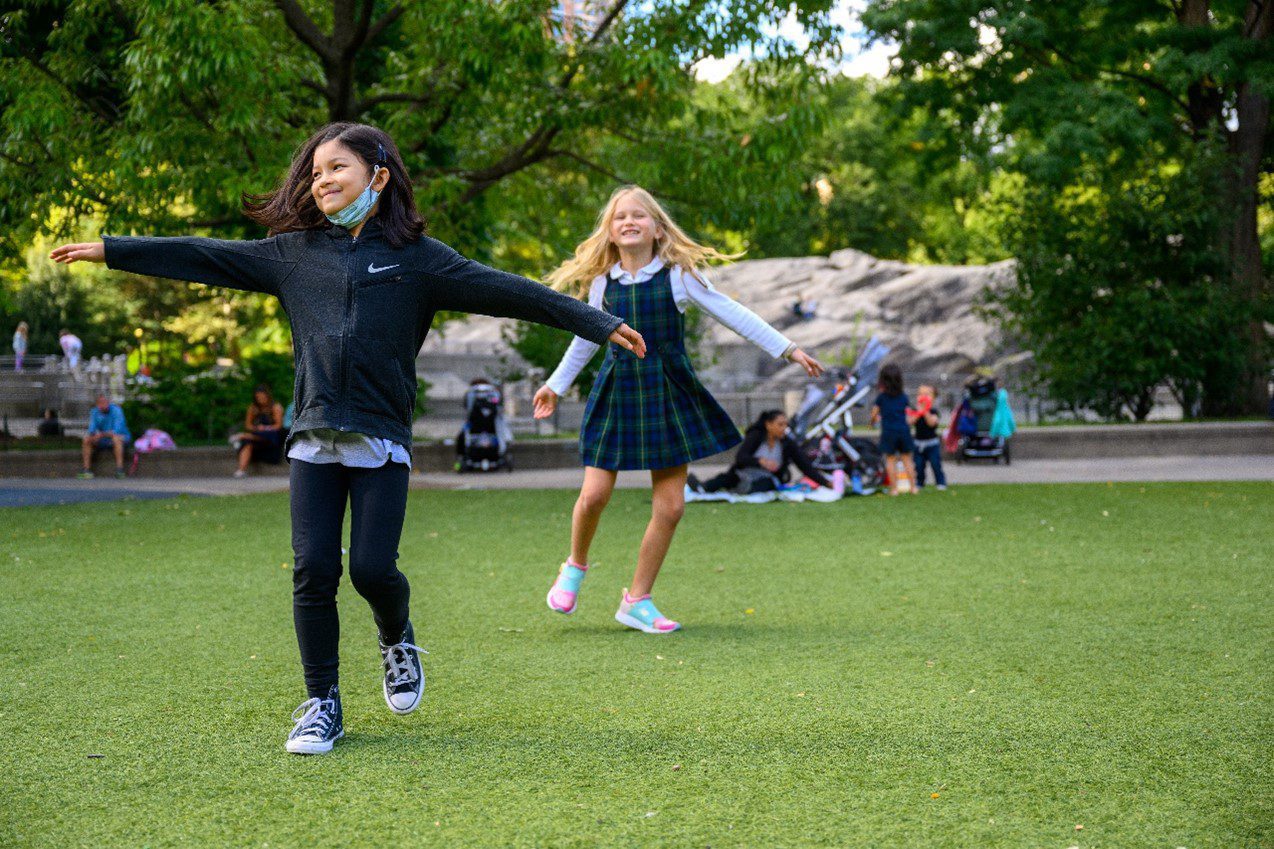As kids head back to the classroom, it’s a great opportunity for parents, teachers and kids to explore how we can all live a little more sustainably during the school day.
Switching out traditional school supplies with ‘green’ alternatives can teach kids to be more mindful about reducing plastic use. It can also help minimize their exposure to potentially harmful chemicals, such as petroleum which is traditionally used in many plastic products.
The shift to environmentally friendly school supplies creates a wealth of opportunities to embrace sustainable soy. Let’s explore how soy shows up at school — from the classroom to the football field!
In the Classroom
Kids love crayons. They also love putting them into their mouths! Since conventional crayons are usually made with petroleum-based paraffin and are tinted with chemical dyes, they can cause problems when ingested.
For the sake of the environment and the safety of students, many teachers are switching to soy-based crayons, which are more eco-friendly and less toxic for children. Soy-based crayons also tend to glide smoother and don’t flake. In addition, the colors are brighter, and the entire crayon is biodegradable! Fun fact: one acre of soybeans can produce about 82,368 crayons.
So next time you’re purchasing crayons, take a look at the ingredients and consider picking up a pack from brands like Earth Grown Crayons and Prang, which are made entirely of soy wax.
We’ve talked about the use of soy-based adhesives within the carpentry industry, but they can also be used for arts and crafts. Made with soybean starch, plant-based glue sticks like those by Mont Marte and Onyx+Green, can help kids express themselves through art in an eco-friendly manner.
And if you’re feeling especially creative, consider making soy plastic with your kids or students. Making soy-based plastics at home or school is a great hands-on way to teach kids about the wide ranges of uses for soy and the variety of products that include soy-based plastics.
In the Lunchroom
About 40% of students bring their lunch to school each day. That’s a lot of plastic baggies that are thrown out every day!
One option to avoid waste? Wrapping sandwiches in soy-based wax can help you save on plastic wrap or aluminum foil. Check out two of our favorite food wraps made with soy wax: PureVacy and Khala & Co.Soy-based wax is not only a reusable and sustainable alternative to other food wraps, it’s also vegan.
In a few years’ time, you could have the option of using a biodegradable food wrapper made from soybeans to keep your kid’s PB&J fresh! William Chen, a professor of food science and technology at Singapore’s Nanyang Technological University, invented a biodegradable food wrap made from cellulose, extracted from the waste generated by soybean product manufacturers.
When soybeans are crushed and the juices are squeezed out, a porridge-like residue remains. While this residue is usually thrown away, Chen used the leftovers to create a fiber. This new technology could reduce plastic use as well as food waste. How cool is that?
On the Field
As schools support student athletes while keeping maintenance costs down, they’re looking for sustainable alternatives to traditional grass. Sports turf made with soy is a popular choice among schools since it’s better for the environment and for the student athletes playing on the field.
U.S. Soy recently partnered with SYNLawn to create an artificial turf that uses the innovative EnviroLoc Plus™ Backing System made with soy-based materials. By using soybeans in place of petroleum-based polyurethane, the new turf uses less plastic. In addition, soy-based turf can help schools save thousands of gallons of water annually.
Student athletes may also be interested in soy-based sneakers. In 2011, Skechers partnered with Goodyear Tire & Rubber Company to create a soy-based sneaker collection. Goodyear’s research, supported by U.S. Soy, showed that soybean oil could improve rubber flexibility in cold temperatures, allowing tires to maintain their pliability and improve traction on wet surfaces.
Skechers adopted this technology in their outsoles, resulting in heightened grip, stability and durability. Skechers has since developed 122 different styles made with soybean oil technology, including Skechers GOrun – a win-win for athletes and the environment!
U.S. grown soy contributes to a wide range of eco-friendly solutions to help kids put their best foot forward as they head back to class. Opting for eco-friendly products can help keep them healthy and also ensure the health of our planet for future generations.
Interested in learning more about the many uses of soy beyond food? Check out how soy shows up in your clothes and at your work!
